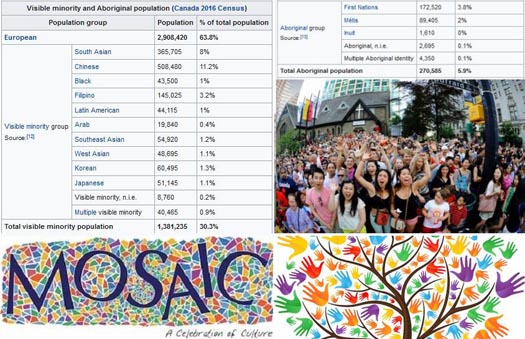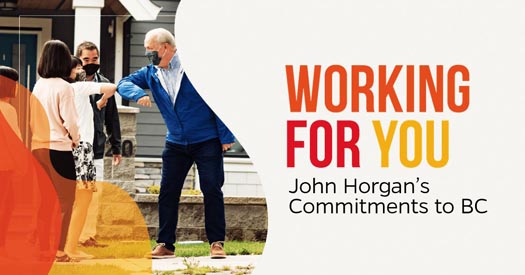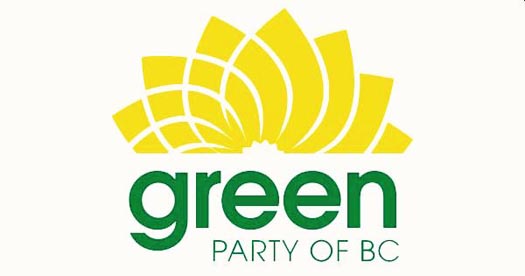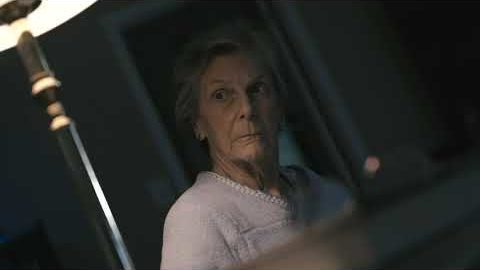
With the interim results of the current British Columbia provincial election only two days away, and as per regulations mandated by Elections BC, and as VanRamblings will not be writing about the election in the 24-hour period prior to October 24th, nor on E-Day itself, it’s time for us to weigh in with our wrap-up column on the 2020 British Columbia provincial election.
As VanRamblings has written previously, the B.C. NDP have run a high energy, flawless and humanist re-election campaign that early on defined Liberal opposition leader Andrew Wilkinson as a corrupt, Trump-like tool of B.C.’s wealthy billionaire class, and John “dad” Horgan as your best friend, the guy you’d most like to get together with over a beer, the results of the 2020 B.C. election all but a foregone conclusion in the minds of most.
The B.C. New Democrats will form the next provincial government with a comfortable and comforting majority, with Adrian Dix returning as British Columbia’s much-loved and much-respected, activist Health Minister — and all will be well with the world. Yes, post-election we can all set about to prepare for the upcoming holiday season, with a little more jingle jangle in our pockets thanks to the election commitment John Horgan made, that B.C. couples will receive $1000, and B.C. singles $500, due to arrive no later than early December, along with the promised retroactive rent freeze for renters, that will last all the way through to December 31st, 2021.
In 2020, the B.C. New Democrats have positioned themselves as the progressive, forward-thinking, fiscally responsible, and diverse British Columbia political party that seeks to represent the interests of all wage-earning British Columbians — that’s the vast majority of working people in our province — and seniors, while looking after the interests of families by ensuring the provision of affordable child care, and an education system that will see new state-of-the-art schools built across B.C., and every primary, middle and secondary student attending class in schools across the province that are seismically-safe, where parents will no longer have to fundraise for playgrounds, or fund basic school supplies for their children.
As such, the British Columbia New Democratic Party have positioned themselves as the new, perpetual natural governing party of B.C., supported by an undeniable coalition of working people, union members, parents, small business owners, and members of the LGBTQ2+, Indigenous and diverse persons of colour communities who comprise the British Columbia we all love, where access to opportunity is available to everyone.
The sobriquet “natural governing party” was initially deployed to characterize the success of the federal Liberal Party in the 20th century, the notion of a “natural governing party” well entrenched in the literature on Canadian party politics. The NDP — firmly embedded in the provincial political culture of British Columbia dating back to the days of the Co-operative Commonwealth Federation (CCF) in the 1930s, transformed themselves in 1961 to the newly renamed New Democratic Party.

Since 2017, John Horgan’s NDP has developed an image of the New Democratic Party that projects a policy path which both pursues and is congruent with the touchstones of our province’s ethos, while assembling a vigorous electoral coalition comprised of working class persons of European origin, as well as the 31% of British Columbia’s population comprised of persons of east, southeast and south Asian, middle eastern, Latin, central and south American, and African descent, and including the 5.9% of our province’s First Nations’ Indigenous population, while drawing in the young and focusing on the health, safety & welfare of our senior citizen populace, ensuring opportunity for all, and an inclusive B.C. for all of its citizens.

So, let’s take a moment to see how the three main political parties have defined themselves in the 2020 British Columbia provincial election. VanRamblings hasn’t written a great deal about the B.C. Green Party during the course of this election — should B.C. Green leader Sonia Furstenau appear to retain her seat when election results are published on Saturday night, we’ll correct that oversight in a column to be published next week.

John Horgan’s BC NDP are defining themselves as, essentially, an activist, union-supporting version of Justin Trudeau’s federal Liberal party, or more accurately a Canadian version of Joe Biden’s Democratic Party, placing the NDP smack dab in the middle of the political spectrum, taking up the territory where, in 2020, the B.C. Liberals oughta be: promoting diversity and social justice, while also strong on the economy — but that’s not the case, so the empty space ceded to them by Andrew Wilkinson has been taken up by the political party that is set to become British Columbia’s new, natural governing party, a broad, non-scary coalition party dedicated to a strong economy, and focused on health care, child care, Indigenous reconciliation, education, jobs, our province’s thriving cultural sector, public transportation, the natural resources industry, and B.C.’s flourishing green, high tech industry, a low key government ensuring prosperity for all.

The B.C. Liberals, as has become abundantly clear in this election, is liberal in name only. With a name stolen from Gordon Wilson in the early 1990s, the B.C. Liberals have since Gordon Campbell took the reins of the party fashioned themselves as latter day pavement politics Socreds, and in recent years, as (increasingly) far-right-of-centre Reform Party Stephen Harper Conservatives, closely associated with the fear-based politics of Donald Trump and the U.S. Republican party — which, by the way, worked for the Socreds and the B.C. Liberals for years, but with diminishing returns during the course of the 2020 British Columbia election. The B.C. Liberals are a party of the past, not the future. In time, they’ll either fade away, adopt the Conservative name, or re-fashion themselves as the B.C. Party.

Unless B.C. Green Party leader Sonia Furstenau can get herself re-elected in the B.C. NDP stronghold riding of Cowichan Valley — which is a tall order, given that most insider party polling shows her running third in the riding, with both the B.C. Liberals and a surprisingly ungenerous BC NDP wishing her prospects for re-election ill, a salutary future for the B.C. Green Party, and the Canadian Green Party movement, in general, does not bode well — which would be pitiable, indeed. Should Ms. Furstenau fail to win back her Cowichan seat — a possibility which VanRamblings finds to be unthinkable, and contrary to the best interests of British Columbians — the electoral fortunes of the Green Party are done, which would be a tragedy for us all.
Sonia Furstenau has moved Green politics in Canada to where it should have been since the founding of the Green Party movement in Canada: as eco-socialists, as concerned with the welfare of our province and our nation, as with the environment — which, as any thinking person knows, are inextricably entwined. Sonia Furstenau is the great hope of our future.
Should Ms. Furstenau appear to prevail on Saturday night, we’ll expand on the theme expressed above, and set about to dedicate an entire column to Ms. Furstenau and a rejuvenated Green Party movement under her visionary, Jacinda Ardern-like leadership — long overdue and full of hope.

VanRamblings will return next week to conduct a four-part political post-mortem on the 2020 British Columbia provincial election campaign. In the meantime, tomorrow you can look forward to our regular Arts Friday coverage, on Saturday a new Stories of a Life, and then … Music Sunday.
